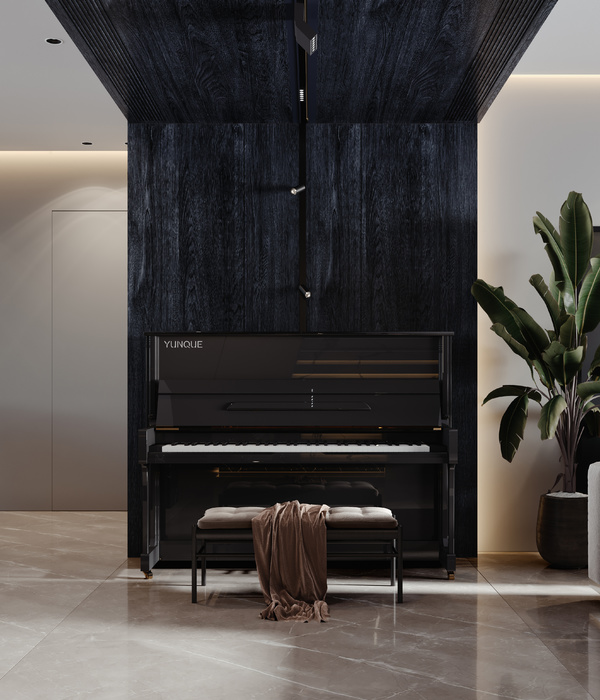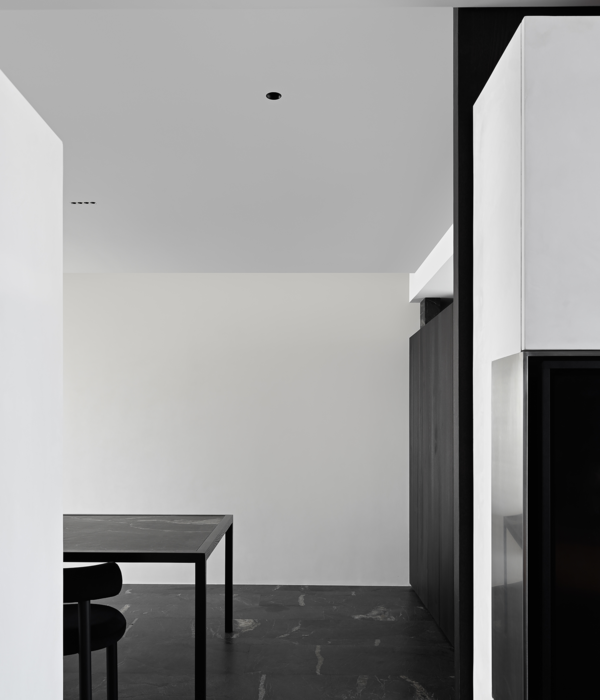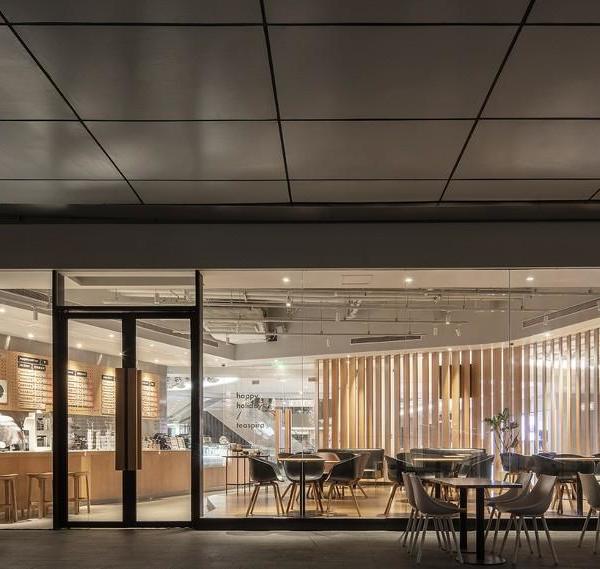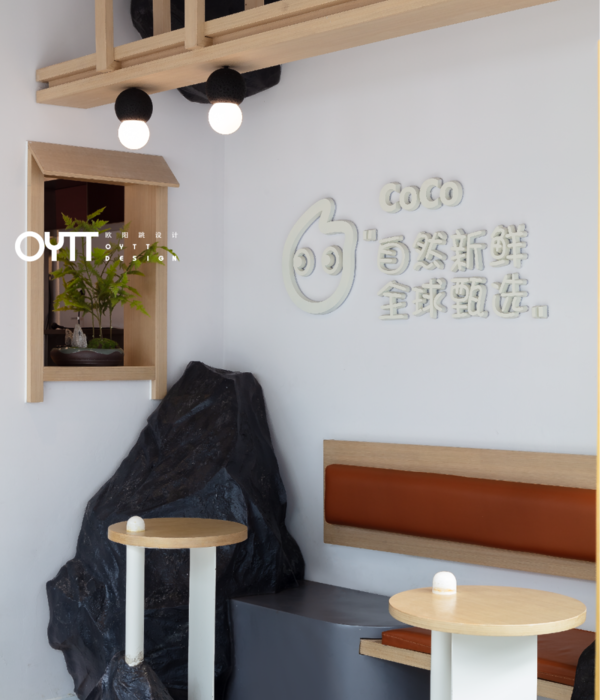The small country cemetery where the tomb is located sits like an acropolis at the top of the hill, on the edge of the fortress walls of the Medieval town of Collalto and below the ruins of the watchtower, surrounded by the hilly wooded landscape typical of the piedmont area of the Veneto. In this little cemetery the choreography of eternal peace and death is dictated by the valleys, the woods, the hills and the sky.
The cemetery features a rectangular plan and sits atop a natural platform enclosed around the edges by a perimeter wall which is interrupted over and over again to include the church, the niches, the entrance gate and the private chapels, and enclosing the graves on the ground at the center.
The Sammartini chapel appears as an enclosure with one end open onto the valley, positioned along the edge of the cemetery wall, it develops under the line of the earth, and tries in this way to identify a sacred space which not only contains the remains of the deceased but also serves as haven, contemplation and meditation for those who are still here. It is a place for the living as well as the dead. It is a place for dialoguing presence, not for hopeless loss.
The visitor who enters the tomb finds a place to sit, to stretch his legs onto the tombstone and thus protected to fall asleep, or contemplate the view, or read a book or talk to the loved one.
The tomb is a small 4m x 4m construction and holds 4 coffins below ground. The walls of the enclosure are open-face brick clad in white marble on the inside. Within the sacred enclosure stnads an oak tree that provides shade not only to the visitor but also to a bronze statue owned by the Sammartini family (and depicting a fugitive from the Nazi death camps) and positioned on top of the tombstone.
In front of the stone and against the wall of the enclosure are three marble chairs, behind it the enclosure is left open to provide a view of the landscape to those who are sitting there.
{{item.text_origin}}












